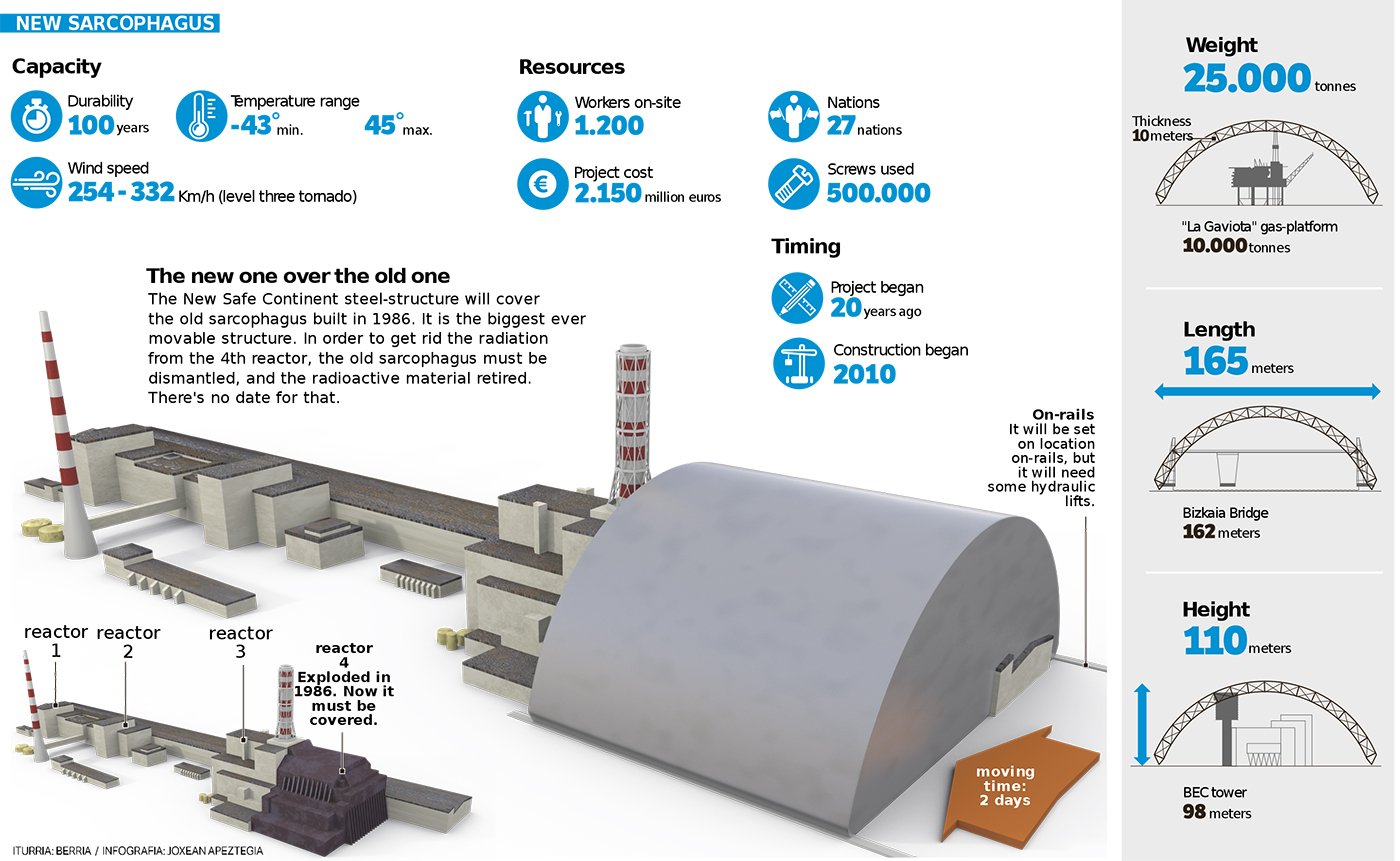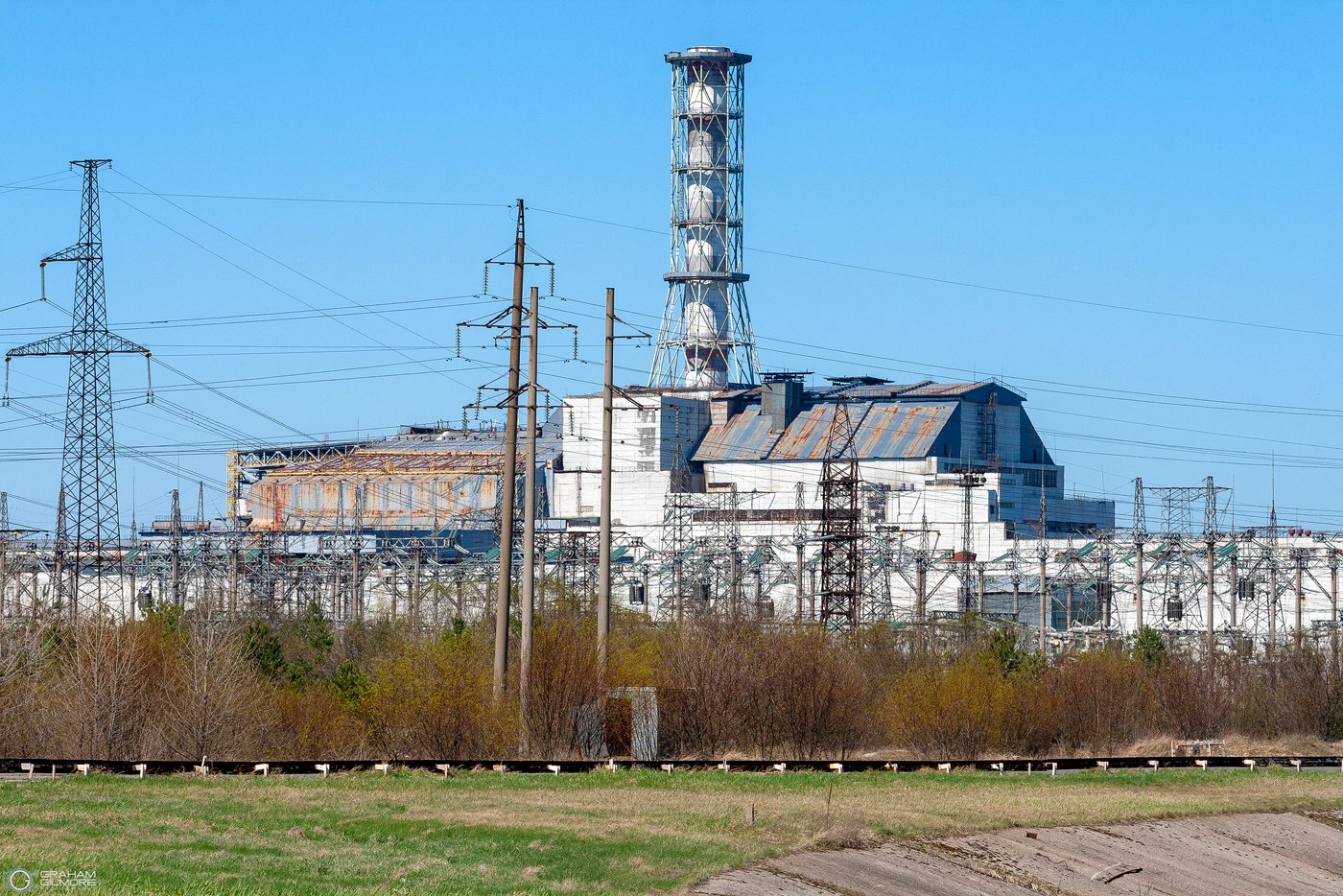Chernobyl Anniversary and HBO Special
With the recent 33rd anniversary of the Chernobyl Accident a week ago and the premiere tonight of the HBO special dramatizing the events (7th May on Sky TV in the UK), it seems that now is a good a time as ever to deep dive into my Chernobyl photography library from 10 plus years ago and show you all some other photos that I had taken in the exclusion zone.
For those that don't know much about the accident here's a short recap ~~ In the early hours of April 26, 1986, the night shift in reactor number 4 of the V.I. Lenin Memorial Chernobyl Nuclear Power Station were performing tests postponed from the previous day shift. They were testing whether the plant could operate if all electrical power was lost on its systems and backup generators were brought online in its place. A poorly designed RBMK-1000 (Reactor Bolshoi Moschnosti Kanalynyi) reactor, in combination with inadequate operator training and knowledge, led to the reactor’s overheating. A sudden and excessive increase in steam pressure caused the 1,000 ton lid to blow clean off the reactor into the air, destroying the roof of the building and spewing tons of nuclear waste including radioactive fuel and graphite into the atmosphere and surrounding areas. Atomic agencies set this disaster at Level 7 — a total nuclear meltdown — one hundred times stronger than Hiroshima and Nagasaki. Many radioactive elements were released into the environment and atmosphere during the explosion including Cesium, Plutonium, Strontium and Iodine. It has been calculated that given plutonium’s half life of 24,100 years that it will be a very long time before the area is fit for general population again, however, due to wind patterns at the time of the accident and other environmental factors, not all areas of the 30km zone are polluted. So as long as you have a designated guide that knows the area, it is relatively safe to visit certain places.
The image at the top of the page is of the concrete sarcophagus that was erected over reactor 4 in the months after that fateful accident in 1986, my image is from my 2008 visit. The new safe containment structure was erected in finished on November 29th 2016 when it was slid into place on rails and guided by lasers. After some delays including high levels of radiation in certain areas slowing down completion, it appears that systems are online and have been trialed and tested in the last few months. Given that the new structure should be good for 100 years I guess they are in no hurry to start dismantling to remains of reactor 4. Below is an infographic from the structures wiki page showing the new containment and process.
Moving time for the structure to be moved into place actually took 15 days not two.
Above are Chernobyl Nuclear Power Plant (CNPP) reactors 3 (Right) and 4 (Left) in 2008. Interestingly Reactor number 3 was only decommissioned on December 15th, 2000, by the then president Leonid Kuchma Some 14 years after the accident in the same building. But the events of 26th of April 1986 isn't the only danger this facility has faced. In 1982 reactor 1 experienced a partial core meltdown, but due to Soviet secrecy the accident was kept quiet for many years and the compromised reactor was only out of service for a few months before it was repaired and put back into operation. No resulting fatalities are known. In 1991, five years after the 1986 explosion, a fire broke out in the turbine hall of reactor 2. It was at this point they decided to close down reactor 2 for good. Reactor 1 was shutdown in 1996.
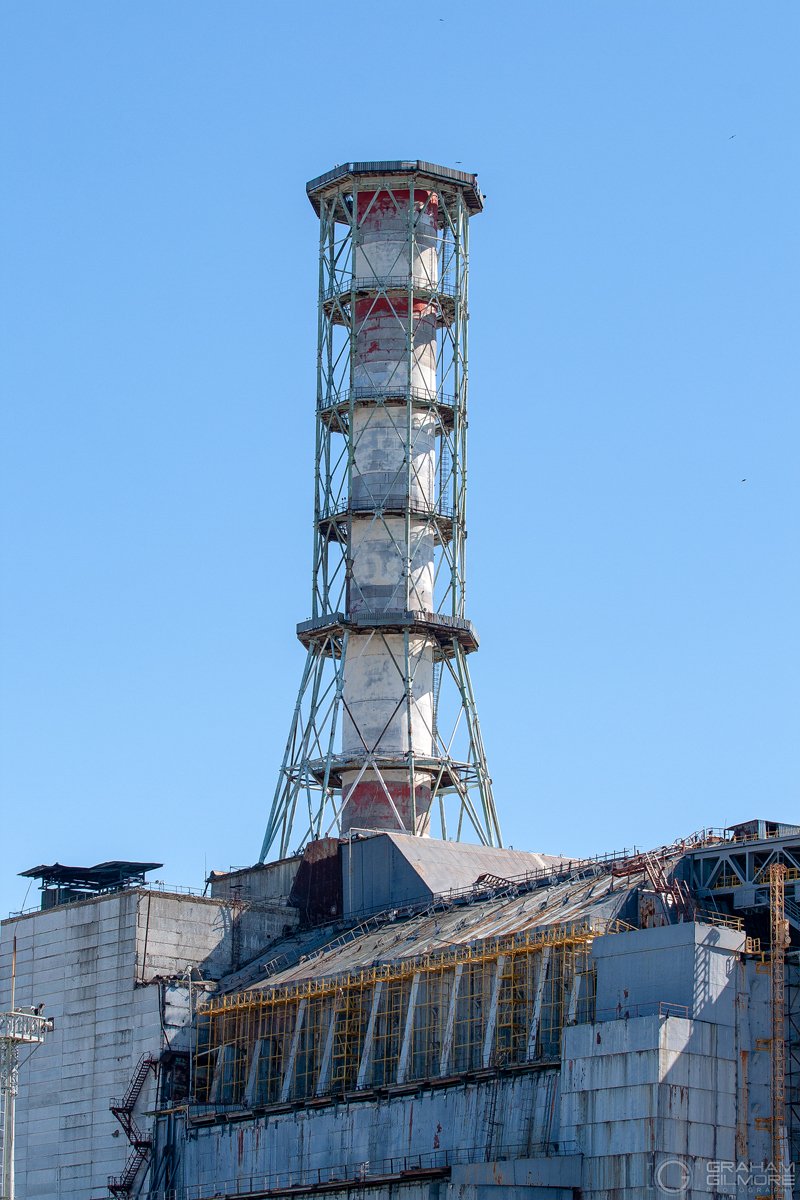
Above ~ The ventilation stack between reactors 3 and 4 is comprised of some seven sections and weighed a total of 330 tonnes. Work on removal of the top section of the stack began October 13th 2013 and took only a few weeks, radiation levels were said not to have exceeded control levels. The top had to be removed to ensure the new containment would fit over the sarcophagus satisfactorily. The parts were moved to reactor 3 turbine hall for temporary storage. Underneath the stack you can clearly see the worn sarcophagus roof and the hockey stick design the framework resembled.
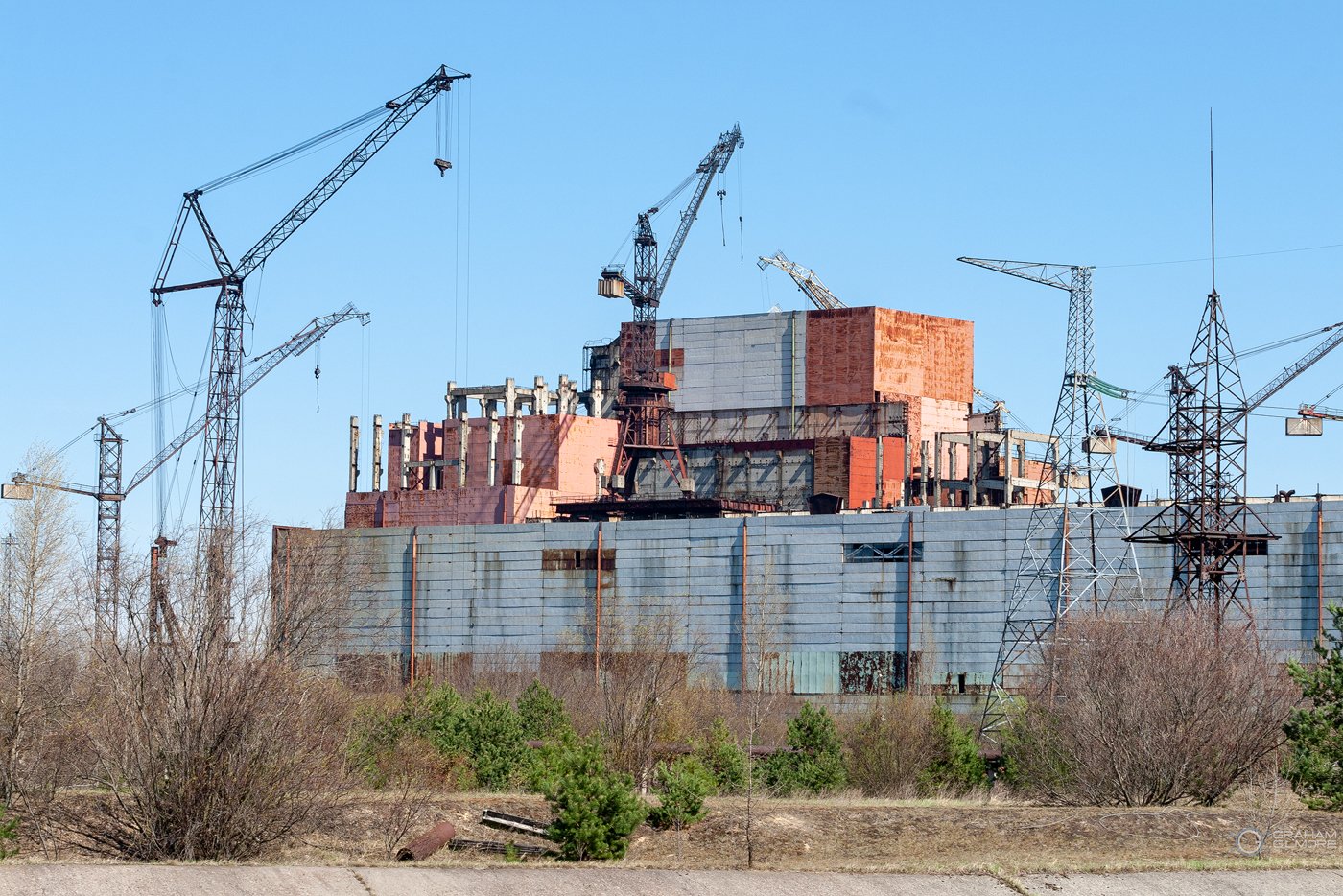
Chernobyl NPP reactor number 5 was in construction at the time of the accident, this shot is from the road. Construction was abandoned and no one ever returned finish their work. On my second visit we got permission to enter the area, on the dirt road around the reactor our guide's dosimeter let out a very loud alarm which startled our guide and caused him to brake sharply, he grumbled something in Ukrainian, pushed a button or two on the small yellow Geiger counter to reset it, and we continued on around the side of the building to the cooling stacks. Its a little un-nerving when you're guide gets startled here that's for sure!
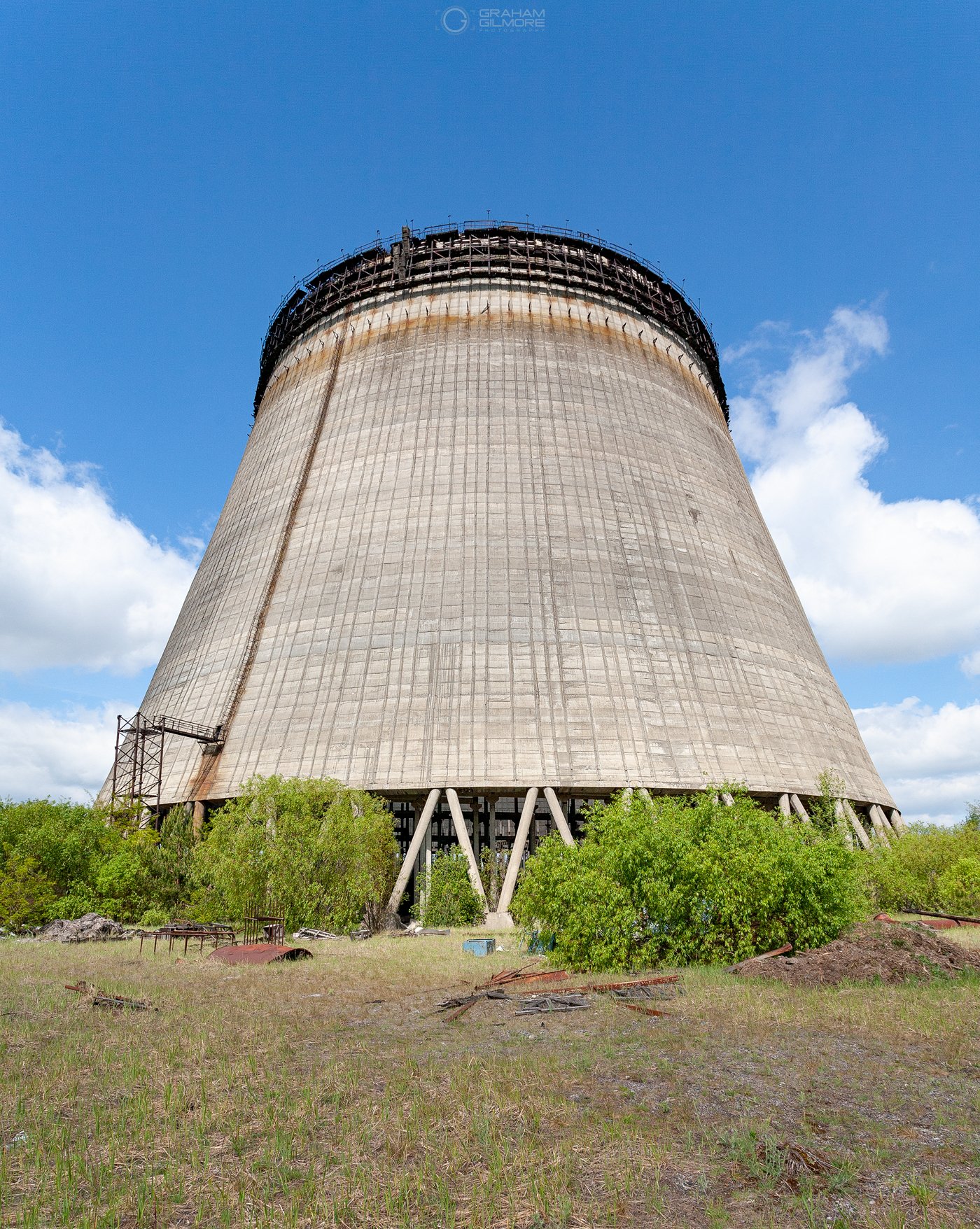
Above ~ Cooling tower #5 and below ~ Cooling tower #6 both never finished.

As we leave the Power plant we begin to head towards the nearby town of Pripyat just 3 miles away. Along the way we encounter a bridge, our guide says they named this the 'bridge of death'. He goes on to explain that in the days following the accident people would run from town to this bridge to get a better view of what was happening at the plant, thus all receiving a fatal does of radiation.. hence then name...
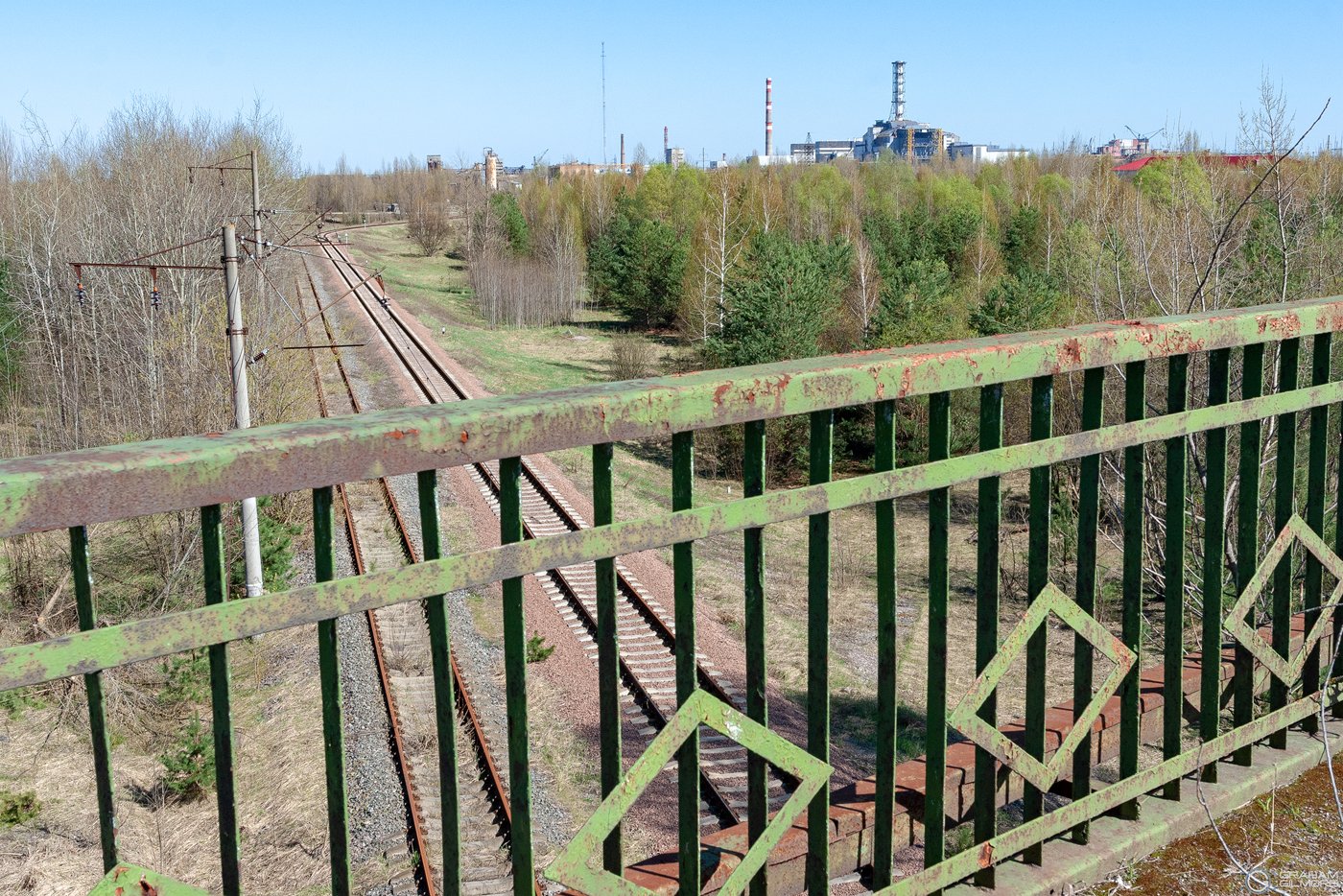
Above ~ Reactor 4 clearly seen from the Bridge leading into Pripyat.
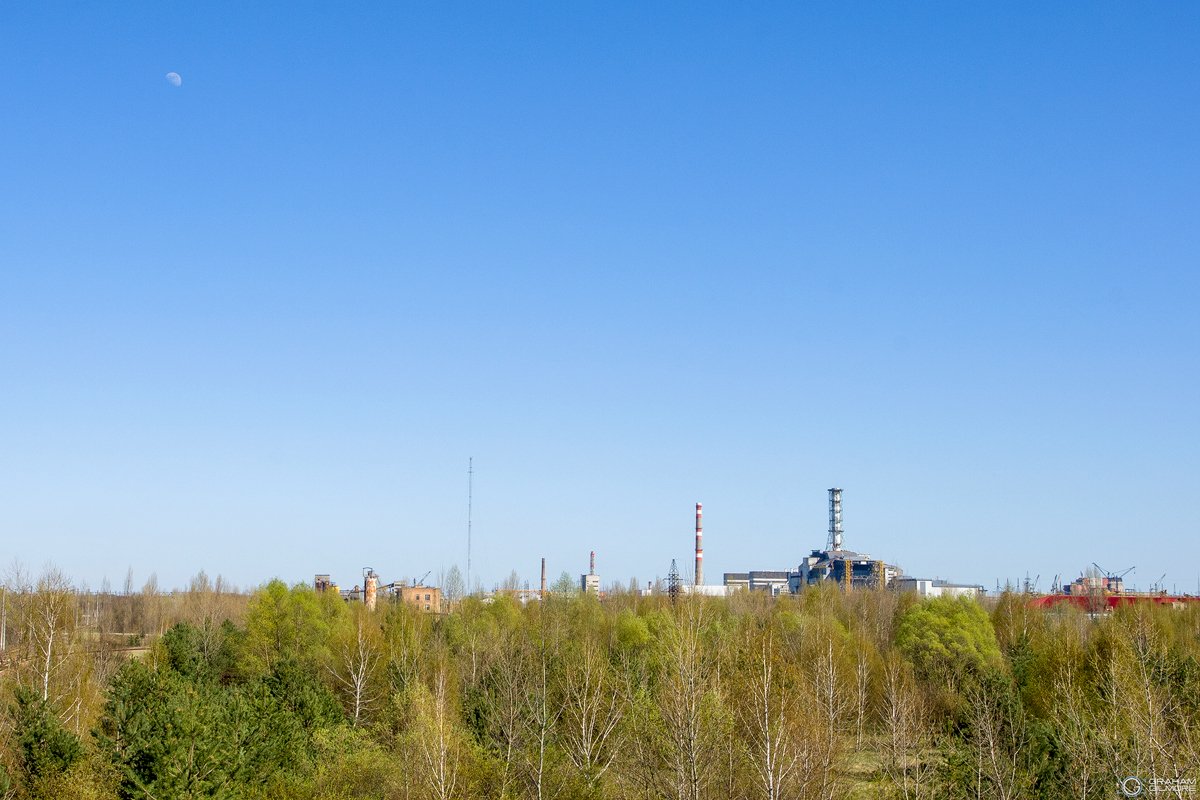
Above ~ Moon over CNPP ~ trying to find some beauty among the devastation.
The final image below is again from the bridge but looking northwest into Pripyat.
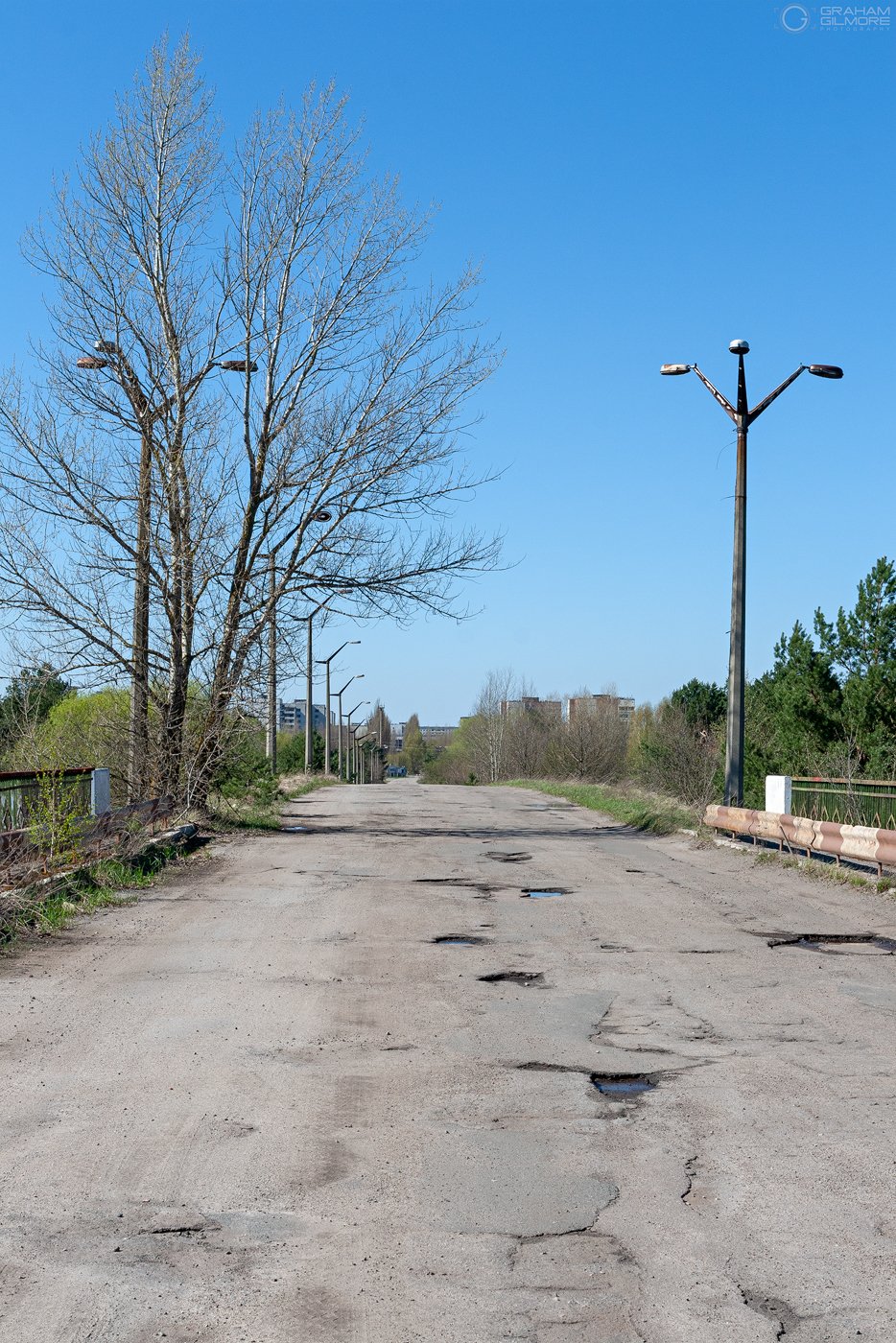
Be sure to come back after the episode 2 of the HBO Chernobyl special when I will continue this journey and post many more unseen photos from the town of Pripyat. If you want to read more about Chernobyl click on the link at the top of the page and be sure to like my Facebook page where i'll be showing more images. Thanks for looking!


